1. Evans MJ, Kaufman MH. 1981; Establishment in culture of pluripotential cells from mouse embryos. Nature. 292:154–156. DOI:
10.1038/292154a0. PMID:
7242681.

2. Martin GR. 1981; Isolation of a pluripotent cell line from early mouse embryos cultured in medium conditioned by teratocarcinoma stem cells. Proc Natl Acad Sci U S A. 78:7634–7638. DOI:
10.1073/pnas.78.12.7634. PMID:
6950406. PMCID:
PMC349323.

4. Prelle K, Zink N, Wolf E. 2002; Pluripotent stem cells--model of embryonic development, tool for gene targeting, and basis of cell therapy. Anat Histol Embryol. 31:169–186. DOI:
10.1046/j.1439-0264.2002.00388.x. PMID:
12479360.

5. Boheler KR, Czyz J, Tweedie D, Yang HT, Anisimov SV, Wobus AM. 2002; Differentiation of pluripotent embryonic stem cells into cardiomyocytes. Circ Res. 91:189–201. DOI:
10.1161/01.RES.0000027865.61704.32. PMID:
12169644.

6. Rolletschek A, Schroeder IS, Schulz H, Hummel O, Huebner N, Wobus AM. 2010; Characterization of mouse embryonic stem cell differentiation into the pancreatic lineage in vitro by transcriptional profiling, quantitative RT-PCR and immunocytochemistry. Int J Dev Biol. 54:41–54. DOI:
10.1387/ijdb.082694ar. PMID:
19876843.

7. Le Douarin N. 1982. The neural crest. Cambridge University Press;Cambridge: p. xi-259.
8. Gilbert SF. Gilbert SF, editor. 2000. Developmental biology. The neural crest. 6th ed. Sinauer Associates;Sunderland:
9. Kirby ML, Gale TF, Stewart DE. 1983; Neural crest cells contribute to normal aorticopulmonary septation. Science. 220:1059–1061. DOI:
10.1126/science.6844926. PMID:
6844926.

11. Miyagawa-Tomita S, Arima Y, Kurihara H. Nakanishi T, Markwald RR, Baldwin HS, Keller BB, Srivastava D, Yamagishi H, editors. 2016; Etiology and Morphogenesis of Congenital Heart Disease: From Gene Function and Cellular Interaction to Morphology. The "Cardiac Neural Crest" concept revisited. Springer;Tokyo: 227–232. DOI:
10.1007/978-4-431-54628-3_30. PMID:
29787146.
12. YamagishiBesson WT 3rd, Kirby ML, Van Mierop LH, Teabeaut JR 2nd. 1986; Effects of the size of lesions of the cardiac neural crest at various embryonic ages on incidence and type of cardiac defects. Circulation. 73:360–364. DOI:
10.1161/01.CIR.73.2.360. PMID:
3943168.

13. Bockman DE, Redmond ME, Waldo K, Davis H, Kirby ML. 1987; Effect of neural crest ablation on development of the heart and arch arteries in the chick. Am J Anat. 180:332–341. DOI:
10.1002/aja.1001800403. PMID:
3425561.

14. Creazzo TL, Brotto MA, Burch J. 1997; Excitation-contraction coupling in the day 15 embryonic chick heart with persistent truncus arteriosus. Pediatr Res. 42:731–737. DOI:
10.1203/00006450-199712000-00002. PMID:
9396550.

15. Nosek TM, Fogaça RT, Hatcher CJ, Brotto MA, Godt RE. 1997; Effect of cardiac neural crest ablation on contractile force and calcium uptake and release in chick heart. Am J Physiol. 273:H1464–H1471. DOI:
10.1152/ajpheart.1997.273.3.H1464. PMID:
9321838.

16. Conway SJ, Henderson DJ, Kirby ML, Anderson RH, Copp AJ. 1997; Development of a lethal congenital heart defect in the splotch (Pax3) mutant mouse. Cardiovasc Res. 36:163–173. DOI:
10.1016/S0008-6363(97)00172-7. PMID:
9463628.

17. Conway SJ, Godt RE, Hatcher CJ, Leatherbury L, Zolotouchnikov VV, Brotto MA, Copp AJ, Kirby ML, Creazzo TL. 1997; Neural crest is involved in development of abnormal myocardial function. J Mol Cell Cardiol. 29:2675–2685. DOI:
10.1006/jmcc.1997.0499. PMID:
9344762.

18. Epstein JA, Li J, Lang D, Chen F, Brown CB, Jin F, Lu MM, Thomas M, Liu E, Wessels A, Lo CW. 2000; Migration of cardiac neural crest cells in Splotch embryos. Development. 127:1869–1878. PMID:
10751175.

19. Li J, Liu KC, Jin F, Lu MM, Epstein JA. 1999; Transgenic rescue of congenital heart disease and spina bifida in Splotch mice. Development. 126:2495–2503. PMID:
10226008.

23. Youn YH, Feng J, Tessarollo L, Ito K, Sieber-Blum M. 2003; Neural crest stem cell and cardiac endothelium defects in the TrkC null mouse. Mol Cell Neurosci. 24:160–170. DOI:
10.1016/S1044-7431(03)00125-8. PMID:
14550777.

24. Nagy A, Rossant J, Nagy R, Abramow-Newerly W, Roder JC. 1993; Derivation of completely cell culture-derived mice from early-passage embryonic stem cells. Proc Natl Acad Sci U S A. 90:8424–8428. DOI:
10.1073/pnas.90.18.8424. PMID:
8378314. PMCID:
PMC47369.

25. Wobus AM, Guan K, Yang HT, Boheler KR. 2002; Embryonic stem cells as a model to study cardiac, skeletal muscle, and vascular smooth muscle cell differentiation. Methods Mol Biol. 185:127–156. DOI:
10.1385/1-59259-241-4:127. PMID:
11768985.

26. Hoffmann S, Schmitteckert S, Griesbeck A, Preiss H, Sumer S, Rolletschek A, Granzow M, Eckstein V, Niesler B, Rappold GA. 2017; Comparative expression analysis of Shox2-deficient embryonic stem cell-derived sinoatrial node-like cells. Stem Cell Res. 21:51–57. DOI:
10.1016/j.scr.2017.03.018. PMID:
28390247.

27. Schroeder IS, Rolletschek A, Blyszczuk P, Kania G, Wobus AM. 2006; Differentiation of mouse embryonic stem cells to insulin-producing cells. Nat Protoc. 1:495–507. DOI:
10.1038/nprot.2006.71. PMID:
17406275.

28. Wiese C, Nikolova T, Zahanich I, Sulzbacher S, Fuchs J, Yamanaka S, Graf E, Ravens U, Boheler KR, Wobus AM. 2011; Differentiation induction of mouse embryonic stem cells into sinus node-like cells by suramin. Int J Cardiol. 147:95–111. DOI:
10.1016/j.ijcard.2009.08.021. PMID:
19775764. PMCID:
PMC4751033.

29. Maltsev VA, Wobus AM, Rohwedel J, Bader M, Hescheler J. 1994; Cardiomyocytes differentiated in vitro from embryonic stem cells developmentally express cardiac-specific genes and ionic currents. Circ Res. 75:233–244. DOI:
10.1161/01.RES.75.2.233. PMID:
8033337.

30. Snider P, Olaopa M, Firulli AB, Conway SJ. 2007; Cardiovascular development and the colonizing cardiac neural crest lineage. ScientificWorldJournal. 7:1090–1113. DOI:
10.1100/tsw.2007.189. PMID:
17619792. PMCID:
PMC2613651.

32. Kawasaki T, Bekku Y, Suto F, Kitsukawa T, Taniguchi M, Nagatsu I, Nagatsu T, Itoh K, Yagi T, Fujisawa H. 2002; Requirement of neuropilin 1-mediated Sema3A signals in patterning of the sympathetic nervous system. Development. 129:671–680. PMID:
11830568.

34. Labosky PA, Kaestner KH. 1998; The winged helix transcription factor Hfh2 is expressed in neural crest and spinal cord during mouse development. Mech Dev. 76:185–190. DOI:
10.1016/S0925-4773(98)00105-1. PMID:
9767163.

35. Cavanaugh AM, Huang J, Chen JN. 2015; Two developmentally distinct populations of neural crest cells contribute to the zebrafish heart. Dev Biol. 404:103–112. DOI:
10.1016/j.ydbio.2015.06.002. PMID:
26086691. PMCID:
PMC4515179.

36. Li YX, Zdanowicz M, Young L, Kumiski D, Leatherbury L, Kirby ML. 2003; Cardiac neural crest in zebrafish embryos contributes to myocardial cell lineage and early heart function. Dev Dyn. 226:540–550. DOI:
10.1002/dvdy.10264. PMID:
12619138.

38. Tamura Y, Matsumura K, Sano M, Tabata H, Kimura K, Ieda M, Arai T, Ohno Y, Kanazawa H, Yuasa S, Kaneda R, Makino S, Nakajima K, Okano H, Fukuda K. 2011; Neural crest-derived stem cells migrate and differentiate into cardiomyocytes after myocardial infarction. Arterioscler Thromb Vasc Biol. 31:582–589. DOI:
10.1161/ATVBAHA.110.214726. PMID:
21212399.

39. Tomita Y, Matsumura K, Wakamatsu Y, Matsuzaki Y, Shibuya I, Kawaguchi H, Ieda M, Kanakubo S, Shimazaki T, Ogawa S, Osumi N, Okano H, Fukuda K. 2005; Cardiac neural crest cells contribute to the dormant multipotent stem cell in the mammalian heart. J Cell Biol. 170:1135–1146. DOI:
10.1083/jcb.200504061. PMID:
16186259. PMCID:
PMC2171522.

40. Hatzistergos KE, Takeuchi LM, Saur D, Seidler B, Dymecki SM, Mai JJ, White IA, Balkan W, Kanashiro-Takeuchi RM, Schally AV, Hare JM. 2015; cKit+ cardiac progenitors of neural crest origin. Proc Natl Acad Sci U S A. 112:13051–13056. DOI:
10.1073/pnas.1517201112. PMID:
26438843. PMCID:
PMC4620867.
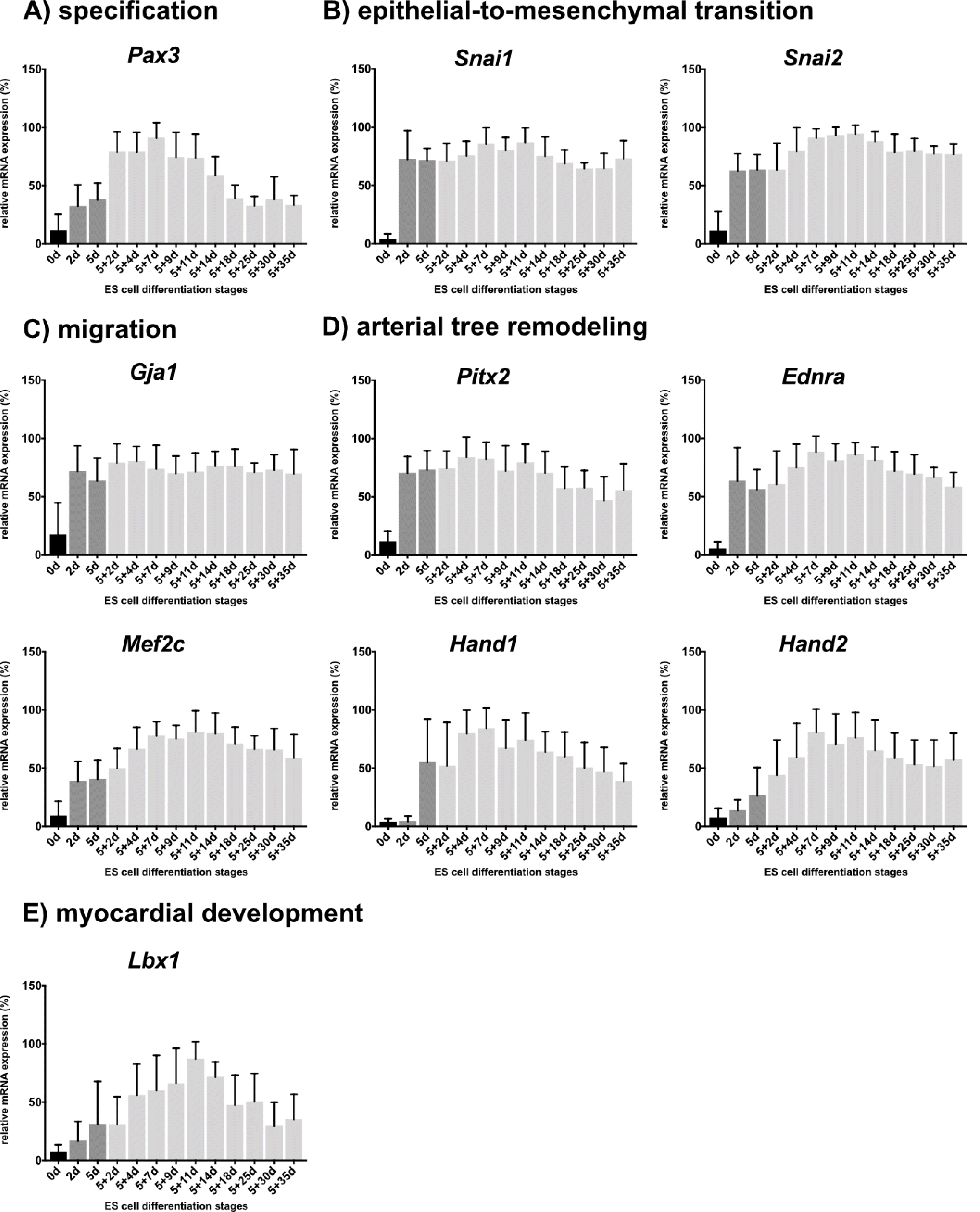
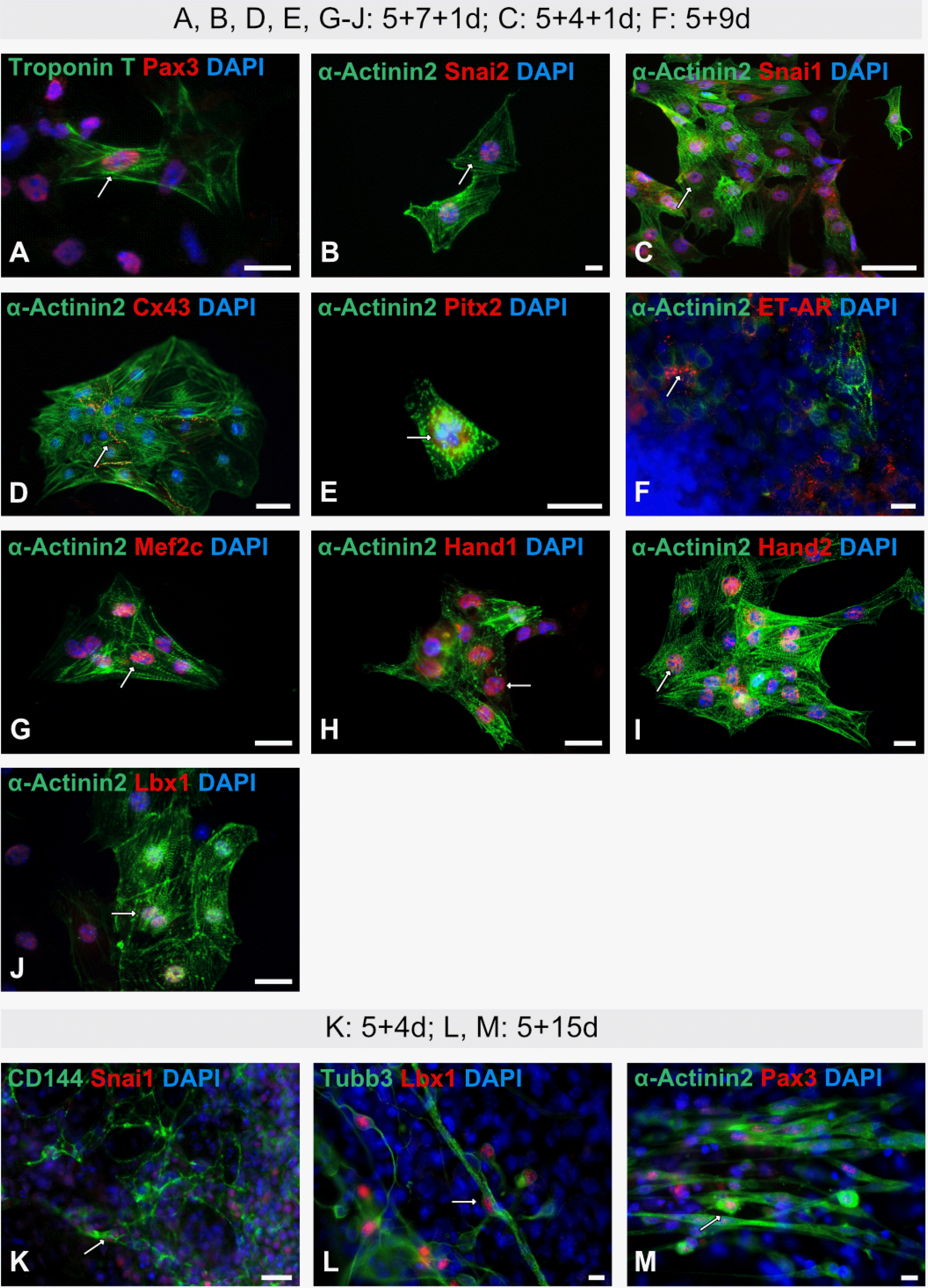
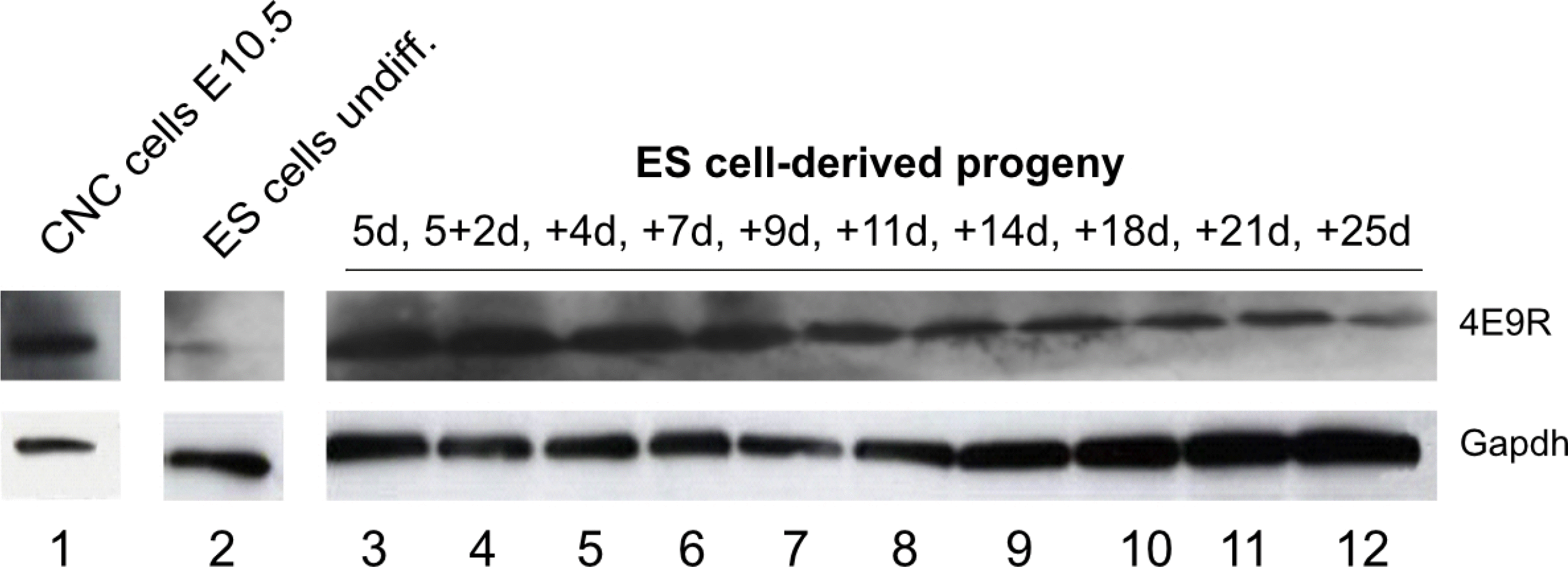
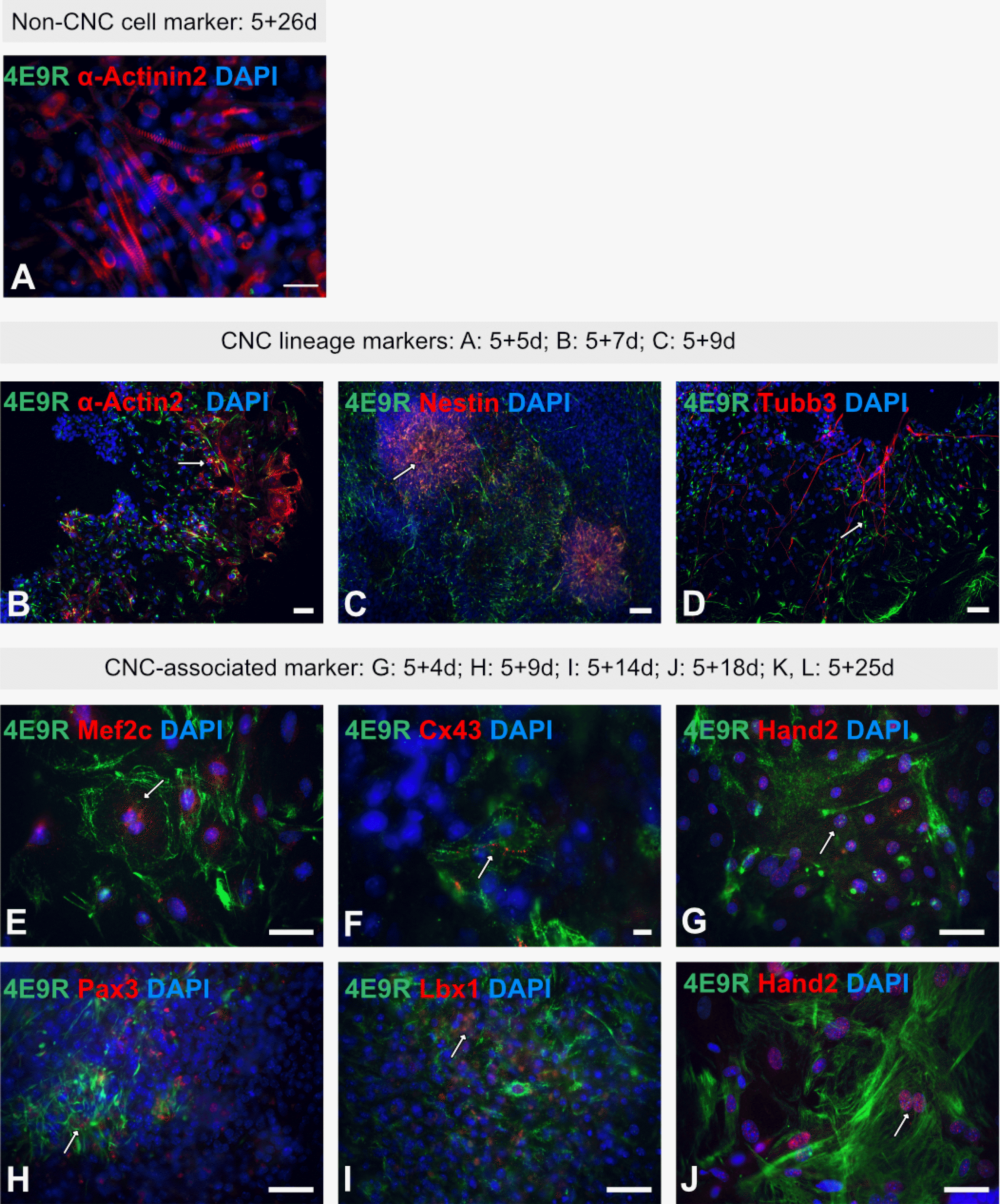
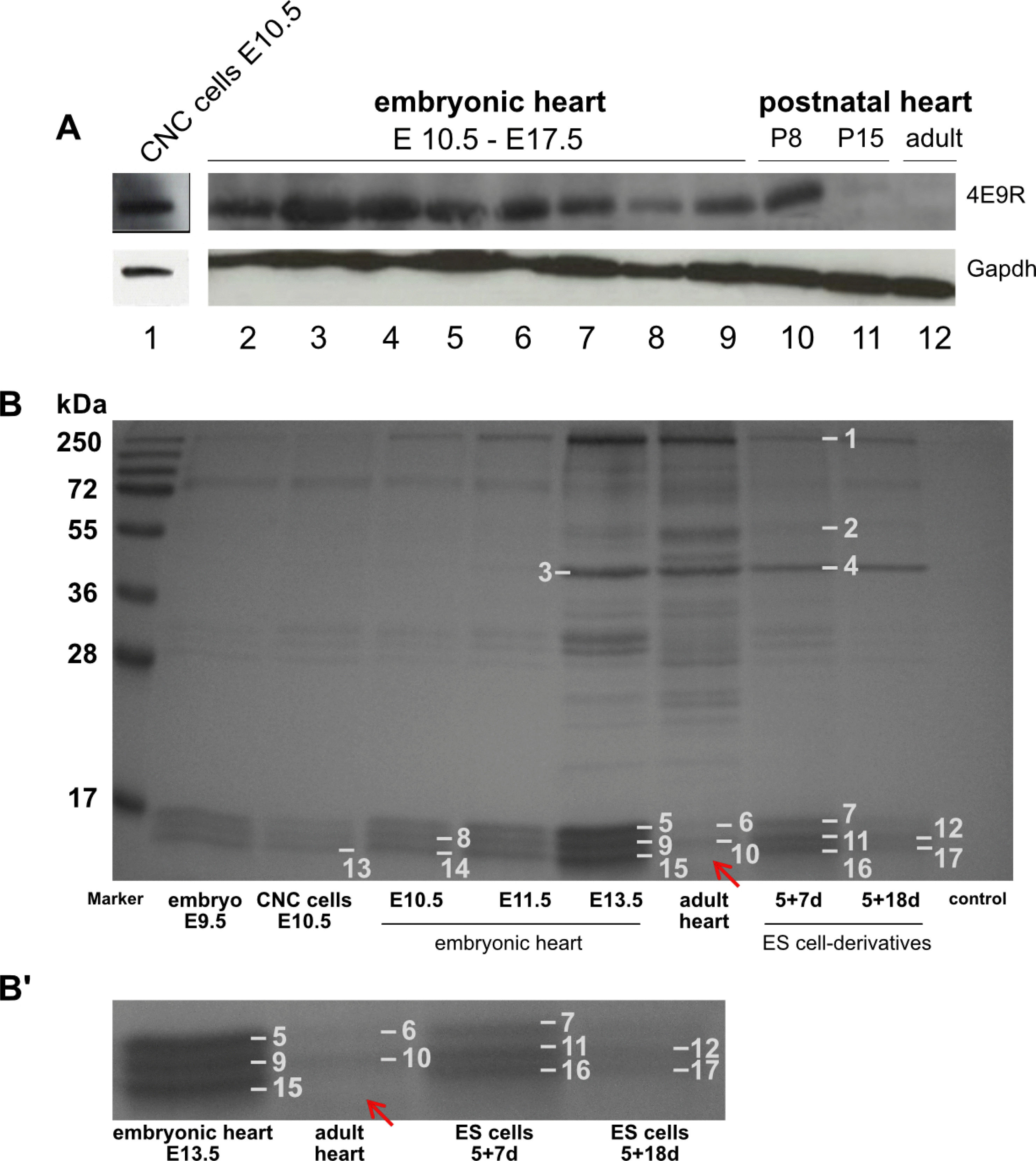
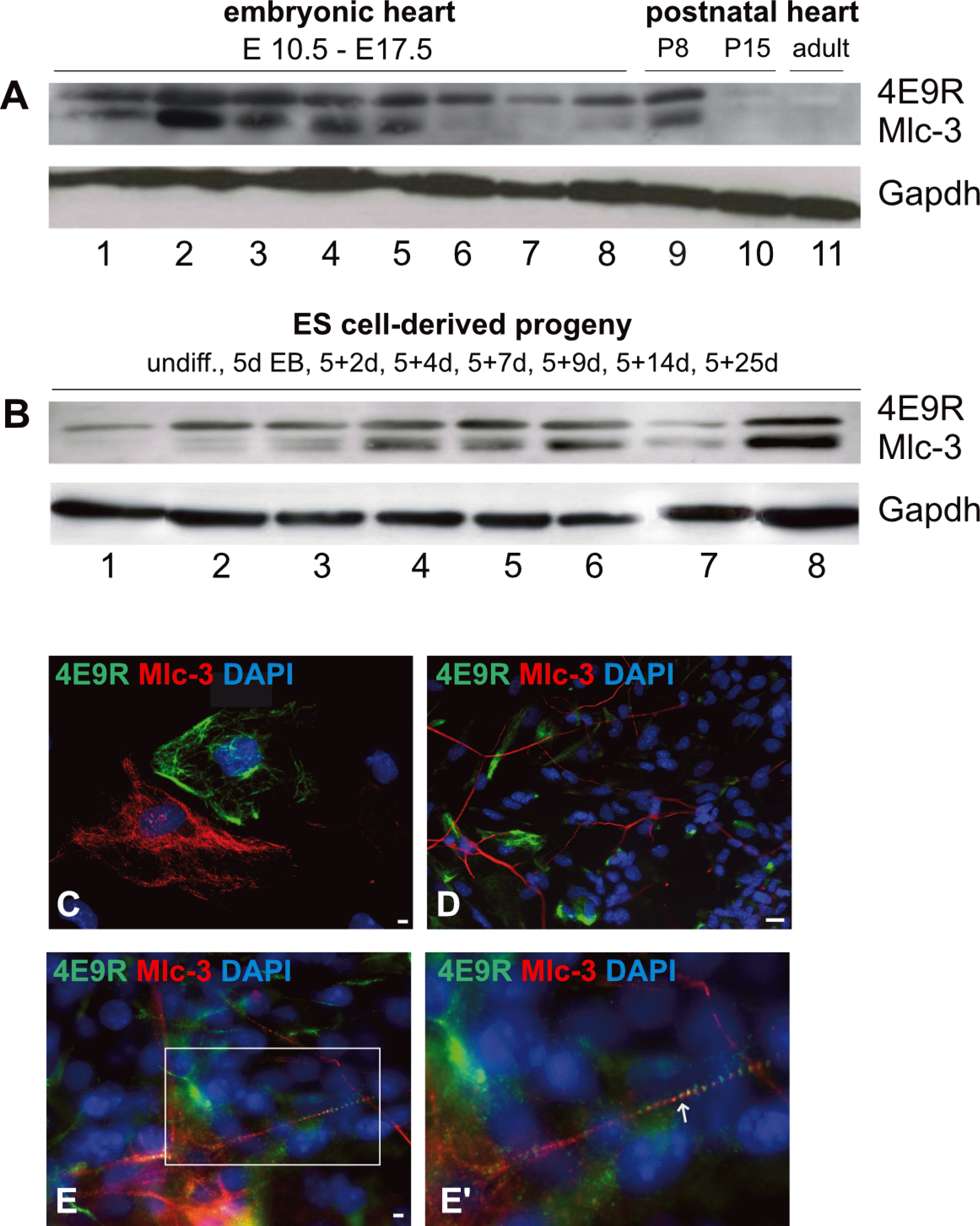




 PDF
PDF Citation
Citation Print
Print


 XML Download
XML Download